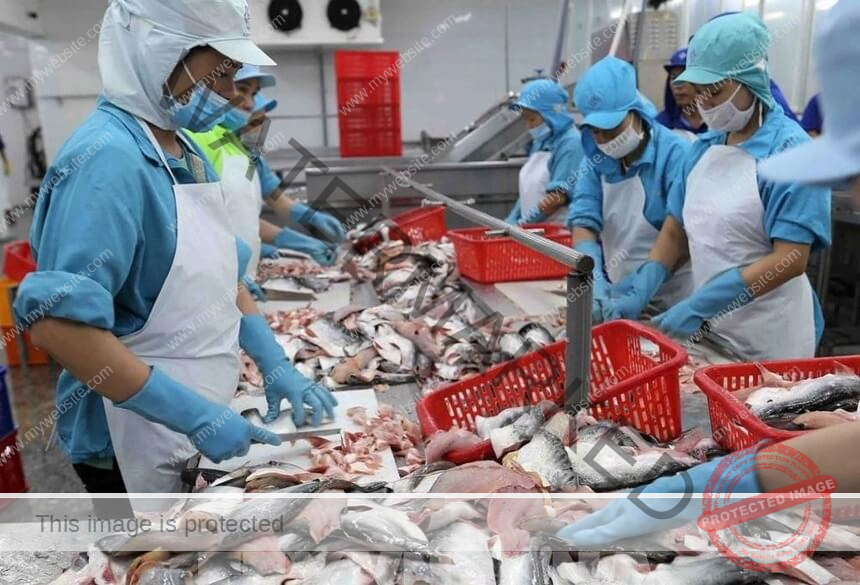Vietnam’s pangasius industry continues to demonstrate solid recovery in 2025. According to Vietnam Customs, exports in August 2025 reached USD 200 million, up 5% compared to August 2024. Cumulatively, pangasius exports in the first eight months exceeded USD 1.4 billion, a 10% year-on-year increase, highlighting the sector’s adaptability and market diversification.
Product structure: Frozen fillets remain dominant, value-added products gaining ground
Frozen pangasius fillets remain the export mainstay, bringing in over USD 1.1 billion (+11%) in eight months. Other frozen and dried pangasius products reached USD 246 million (+2%). Notably, value-added pangasius (HS16) – though small in share – surged 32% to USD 36 million, signaling a positive shift toward convenience and diversification in consumer demand.
Market performance: CPTPP and ASEAN emerging as growth engines
While exports to China & Hong Kong fell slightly by 4% to USD 55 million, other markets showed robust growth:
-
United States: USD 234 million (+3.7%), a vital market with strong demand in the mid-to-high-end segment.
-
CPTPP: USD 242 million (+36%), with Japan, Canada, and Mexico leading demand, supported by FTA tariff preferences and the shift to convenient products.
-
ASEAN: Serving as a “safety belt,” with Thailand importing USD 52 million (+31%) and the Philippines USD 26 million (+31%), alongside stable growth in Malaysia and Singapore.
-
European Union: USD 120 million (+6%), showing steady demand in Germany, the Netherlands, and Spain. However, the EU requires stricter sustainability certifications, traceability, and alignment with green consumption trends.
Repositioning Vietnamese pangasius in the global trade map
The first eight months of 2025 highlight not only recovery but also a strategic repositioning of Vietnam’s pangasius sector. By diversifying markets, enhancing value-added processing, and targeting high-value segments, the industry is reducing dependence on traditional markets and building a stronger long-term foundation.







